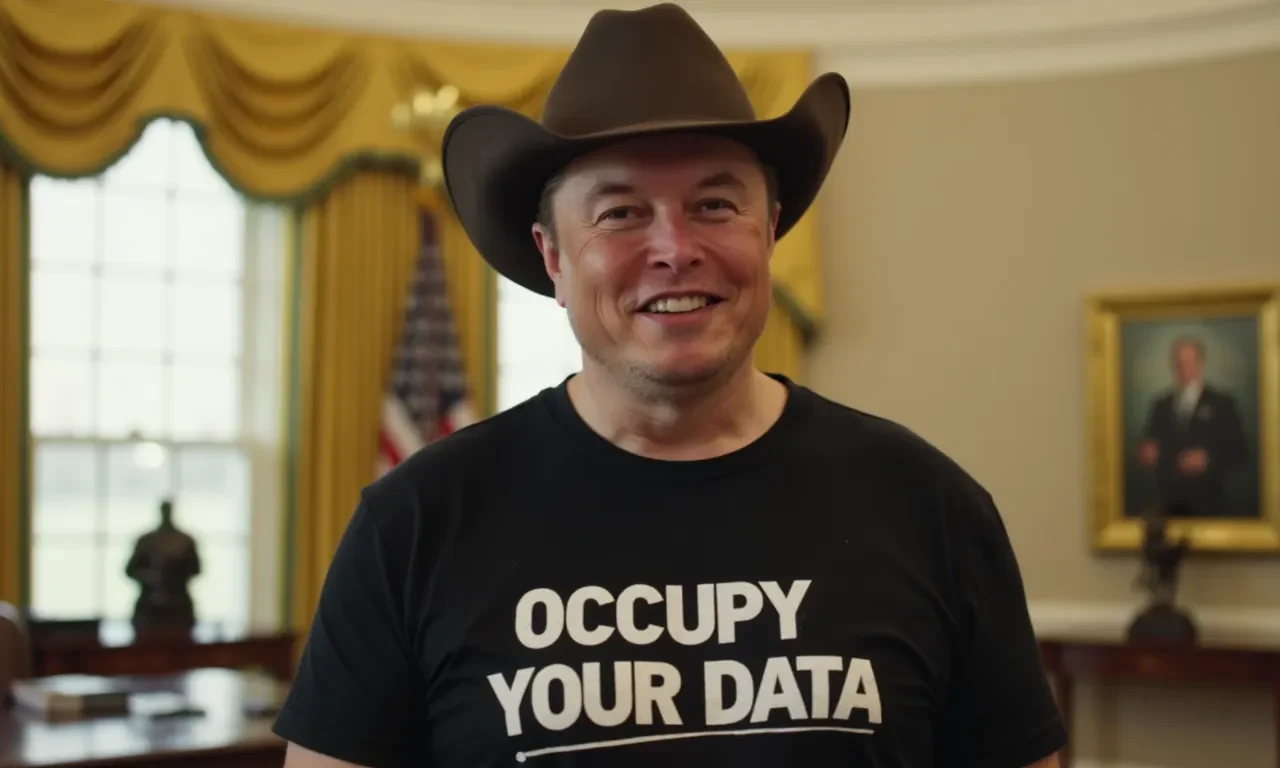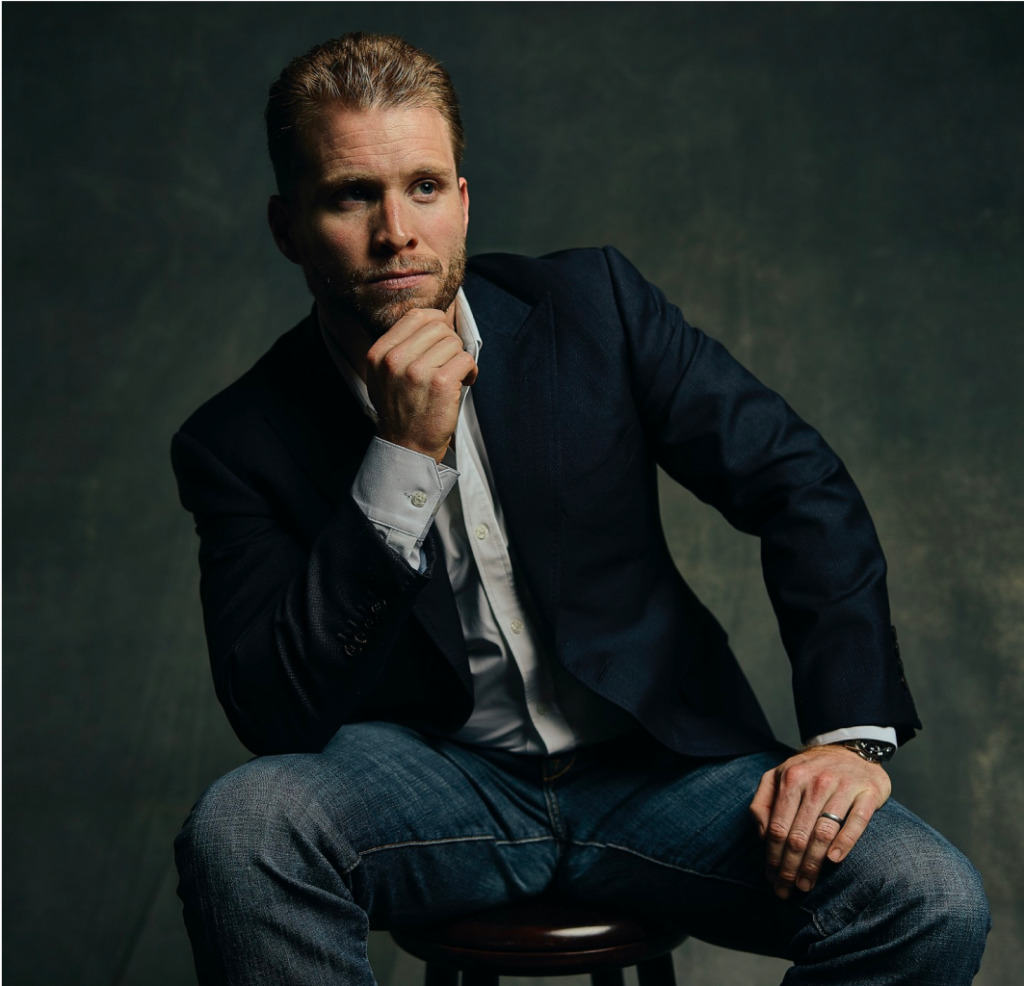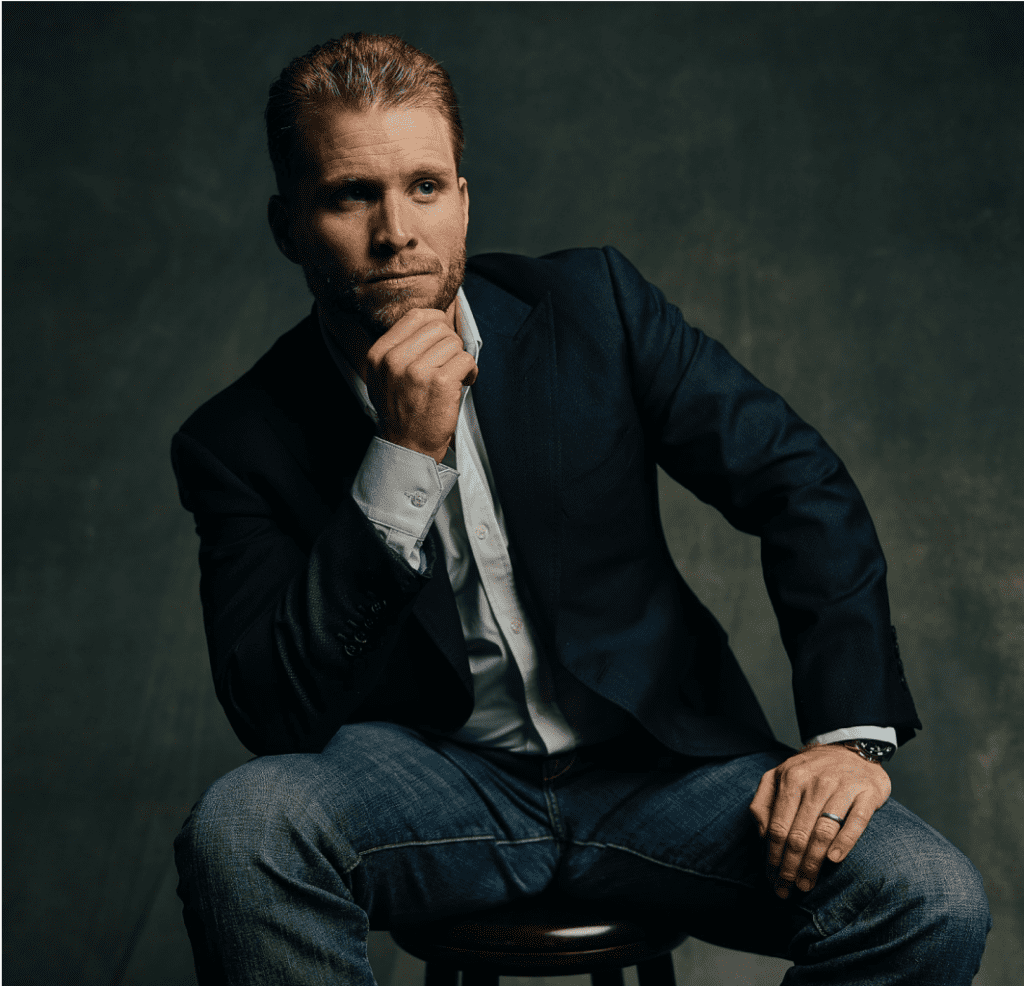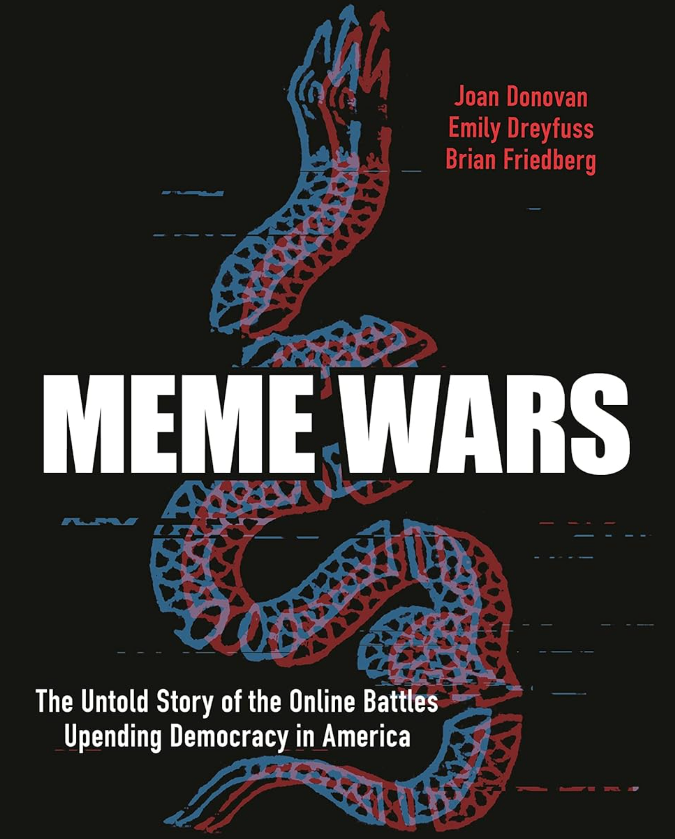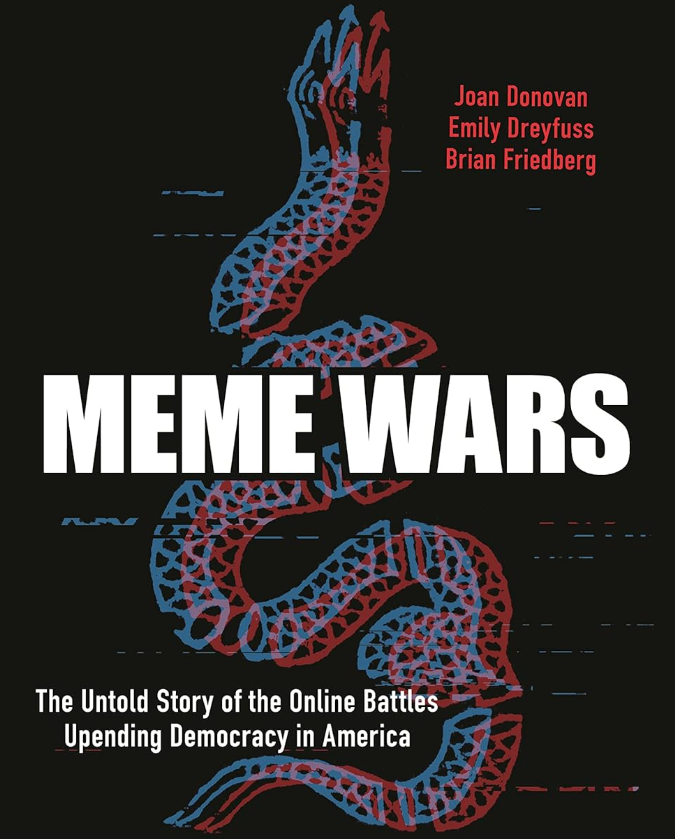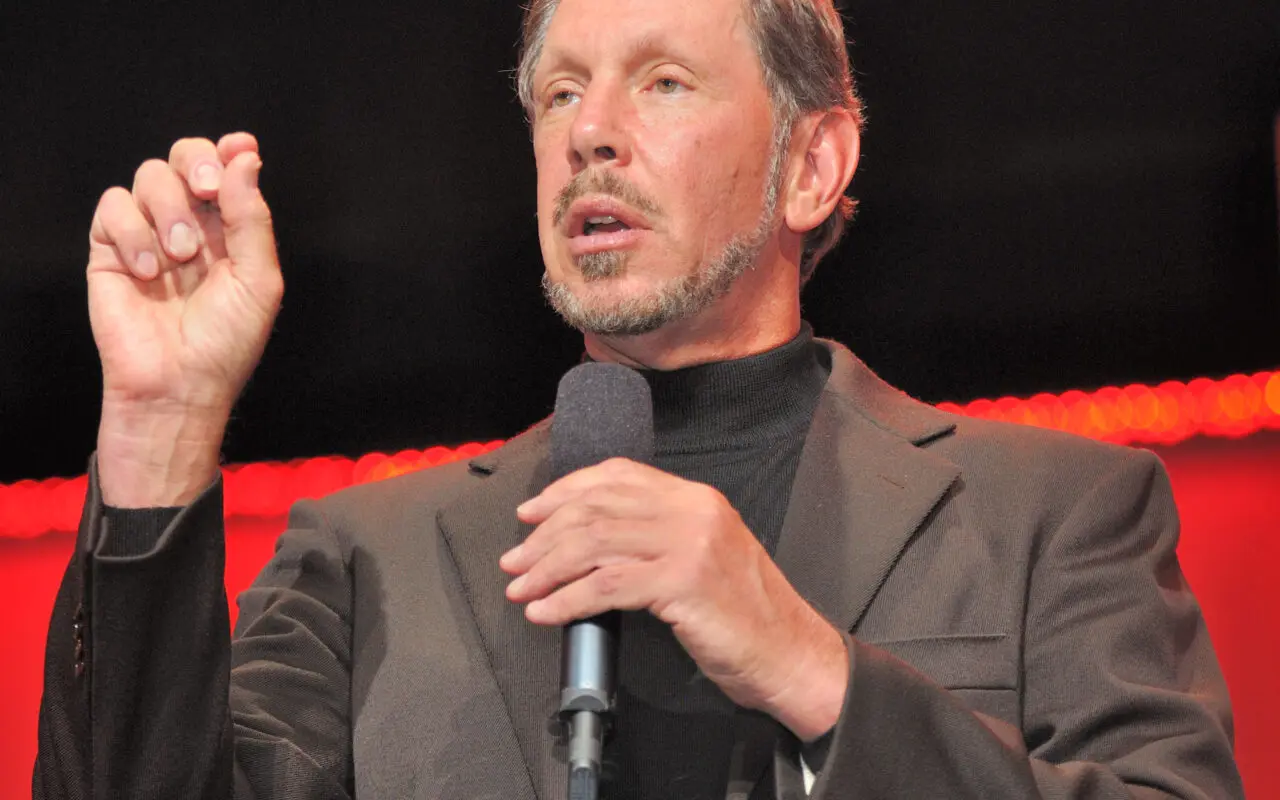Narcissistic Personality Disorder (NPD) is a mental health condition characterized by (as the name implies) narcissism, including a pervasive pattern of grandiosity, a lack of empathy for others, and a need for admiration. People with NPD often have an inflated sense of self-importance and believe they are special or unique in some way. They may be preoccupied with fantasies of power, success, beauty, or ideal love. However, behind their grandiose façade, they often have fragile self-esteem and are highly sensitive to criticism or rejection.
NPD is part of the Cluster B family of personality disorders. People with NPD tend to exhibit odd, sometimes bizarre behaviors — including word salad, emotional abuse, and other tactics of emotional predators — that are offputting to others and tend to have serious effects on the individual’s life.


NPD diagnosis
The Diagnostic and Statistical Manual of Mental Disorders, Fifth Edition (DSM-5) outlines the following diagnostic criteria for NPD:
- A pervasive pattern of grandiosity, characterized by a sense of self-importance and an exaggerated sense of achievements and talents.
- Preoccupation with fantasies of unlimited power, success, brilliance, beauty, or ideal love.
- Belief that they are special and unique and can only be understood by other high-status people or institutions.
- Need for excessive admiration.
- Sense of entitlement, expecting to be treated in a special way or given priority.
- Exploitation of others for personal gain; using the tactics of emotional predators; narcissistic abuse.
- Lack of empathy, an inability to recognize or care about the feelings and needs of others.
- Envy of others or a belief that others are envious of them.
- Arrogant, haughty behaviors or attitudes.
The symptoms of NPD may vary in intensity and presentation, but they are typically stable and longstanding. The condition may start in early adulthood and may be diagnosed only after adolescence, as it is difficult to differentiate between normal developmental narcissism and pathological narcissism in childhood.
A helpful mnemonic to help conceptualize and remember the traits of people with narcissistic personality disorder is “SPECIAL ME”3:
| Letter | Trait |
|---|---|
| S | Sense of self-importance |
| P | Preoccupation with power, beauty, success |
| E | Entitled |
| C | Can only be around special people |
| I | Interpersonally exploitative |
| A | Arrogant |
| L | Lack empathy |
| M | Must be admired |
| E | Envious of others |
NPD: Lack of empathy
People with NPD may have difficulty in maintaining close relationships because of their lack of empathy and preoccupation with themselves. They may feel entitled to special treatment and have unrealistic expectations of others. They may exploit others for personal gain and may become angry or hostile when their expectations are not met. Additionally, they may struggle with criticism or rejection and may react with narcissistic rage or humiliation.
NPD is often co-occurring with other mental health conditions, such as depression, anxiety, and substance abuse. It may also be comorbid with other personality disorders, particularly Borderline Personality Disorder, as individuals with BPD may exhibit traits of NPD, such as a need for attention and admiration.
Treatment for NPD often involves psychotherapy, particularly psychoanalytic or psychodynamic therapies, which aim to explore the underlying psychological factors contributing to the disorder. Cognitive-behavioral therapy may also be effective in addressing maladaptive beliefs and behaviors associated with NPD. However, individuals with NPD may be resistant to therapy, as they may not recognize the need for treatment or may be unwilling to acknowledge their role in the dysfunction.
Types of Narcissistic Personality Disorder
- Grandiose Narcissism: This form is characterized by arrogance, dominance, and a need for admiration. Individuals may appear self-confident and assertive but are often preoccupied with fantasies of success and power. This is the classic version of the narcissist that most people think of when they think of NPD.
- Vulnerable Narcissism: Unlike the grandiose type, vulnerable narcissists are sensitive and insecure, often feeling unrecognized and inadequate. They may harbor intense envy and resentment towards others and are prone to feeling victimized.
- Malignant Narcissism: Malignant narcissists combine aspects of NPD with antisocial behavior, aggression, and sometimes even sadism. This type can be dangerous, as they lack empathy and remorse and may exploit or manipulate others without concern.
- Covert Narcissism: This type manifests as hidden or masked narcissism, where individuals may not outwardly display arrogance but still harbor grandiose fantasies and exhibit a lack of empathy. They often feel misunderstood and neglected, leading to passive-aggressive behavior.
- Communal Narcissism: Communal narcissists see themselves as especially caring or altruistic, often emphasizing their contributions to others. However, these acts are driven by a desire for recognition and praise rather than genuine empathy or compassion.
Examples of Public Figures Behaving Narcissistically
Numerous public figures throughout history and in contemporary culture have exhibited behaviors commonly associated with narcissism—such as grandiosity, a need for admiration, lack of empathy, and a sense of entitlement. Below is a list of just some of the notable examples, along with brief descriptions of their narcissistic behaviors.
Historical Figures
- Adolf Hitler: Demonstrated extreme grandiosity, cultivated a personality cult, rejected criticism, and showed a complete disregard for the suffering of others. His belief in his own infallibility and ruthless pursuit of power are classic narcissistic traits.
- Napoleon Bonaparte: Known for his grandiose self-image, insatiable thirst for power, and willingness to sacrifice countless lives for personal glory.
- Joseph Stalin: Exhibited a massive cult of personality, paranoia, and disregard for human suffering, all while glorifying his own image as the nation’s savior.
- Alexander the Great: Obsessed with personal glory and his supposed divine lineage, eliminating anyone who opposed him.
- Mao Zedong: Built a personality cult, rejected criticism, and sacrificed millions for his vision, showing little empathy or remorse.
- King Henry VIII: Ruthless pursuit of power and personal desires, including the execution of wives and rejection of religious authority for personal gain.
- Caligula: Roman emperor remembered for self-deification, sadism, and demanding worship.
- Jim Jones: Cult leader who manipulated and controlled followers, culminating in the Jonestown mass suicide, reflecting extreme narcissistic exploitation.
Modern and Contemporary Figures
- Donald Trump: Frequently cited as a textbook example of narcissistic behavior, including self-promotion, thin-skinned reactions to criticism, need for admiration, and prioritizing personal image over collective goals.
- Kanye West (Ye): Known for public outbursts, controversial statements, and self-aggrandizing acts (e.g., comparing himself to Jesus, seeking the spotlight at award shows), as well as a chronic need for validation and attention.
- Kim Kardashian: Promotes her wealth and lifestyle, seeks constant attention, and is often involved in controversies that keep her in the public eye.
- Madonna: Openly acknowledges her craving for attention and limelight, and has been described as exploitative and demanding in her professional relationships.
- Oprah Winfrey: Cited for excessive self-importance and grandiosity, with actions and branding that often center her own persona.
- Taylor Swift: Manages her public image with meticulous control, frequently uses her art to highlight her own experiences, and seeks admiration from fans, blending vulnerability with grandiosity.
- Jenny McCarthy: Publicly claimed to have scientific proof ignored by authorities, reflecting a sense of special knowledge and self-importance.
- Suzanne Somers: Promoted her own health products as miracle cures, despite lacking medical credentials, demonstrating self-aggrandizement and entitlement.
- Joan Crawford: Hollywood actress reportedly obsessed with public image, perfectionism, and control, with abusive behavior toward her children as documented in “Mommie Dearest”.
Common Narcissistic Behaviors Observed
- Public meltdowns and controversy-seeking actions (e.g., Twitter rants, on-stage interruptions)
- Image obsession and status-driven lifestyle choices (luxury displays, curated social media)
- Exploitative or transactional relationships (using others for personal gain or status)
- Dismissal of criticism and hypersensitivity to perceived slights
These examples illustrate how narcissistic traits can manifest in public life, often amplified by fame and power. While not all of these individuals have a clinical diagnosis of Narcissistic Personality Disorder, their public behaviors align with many of the disorder’s hallmark traits.















